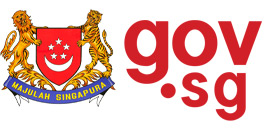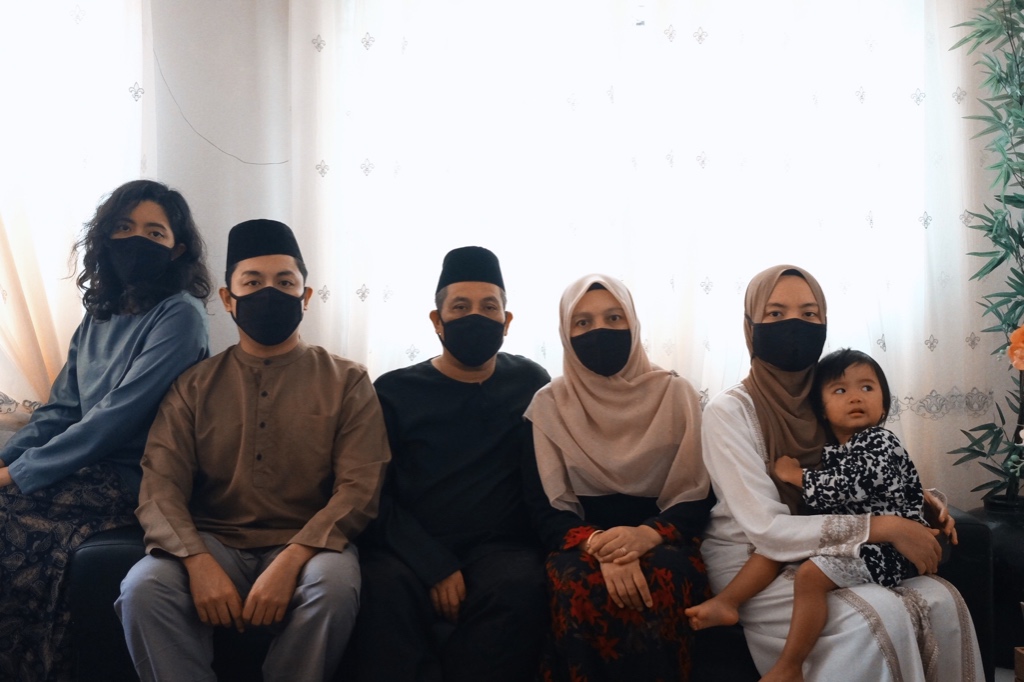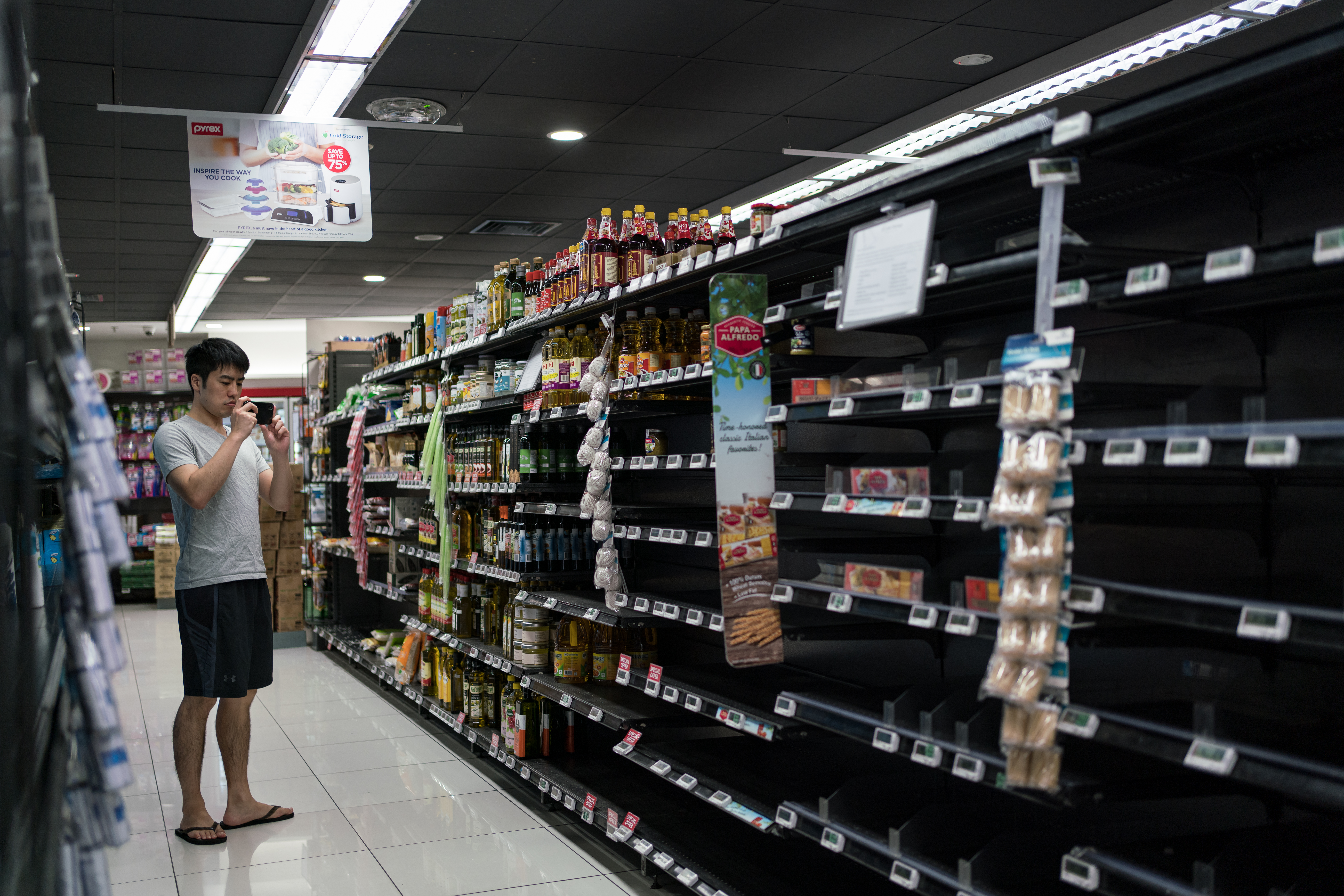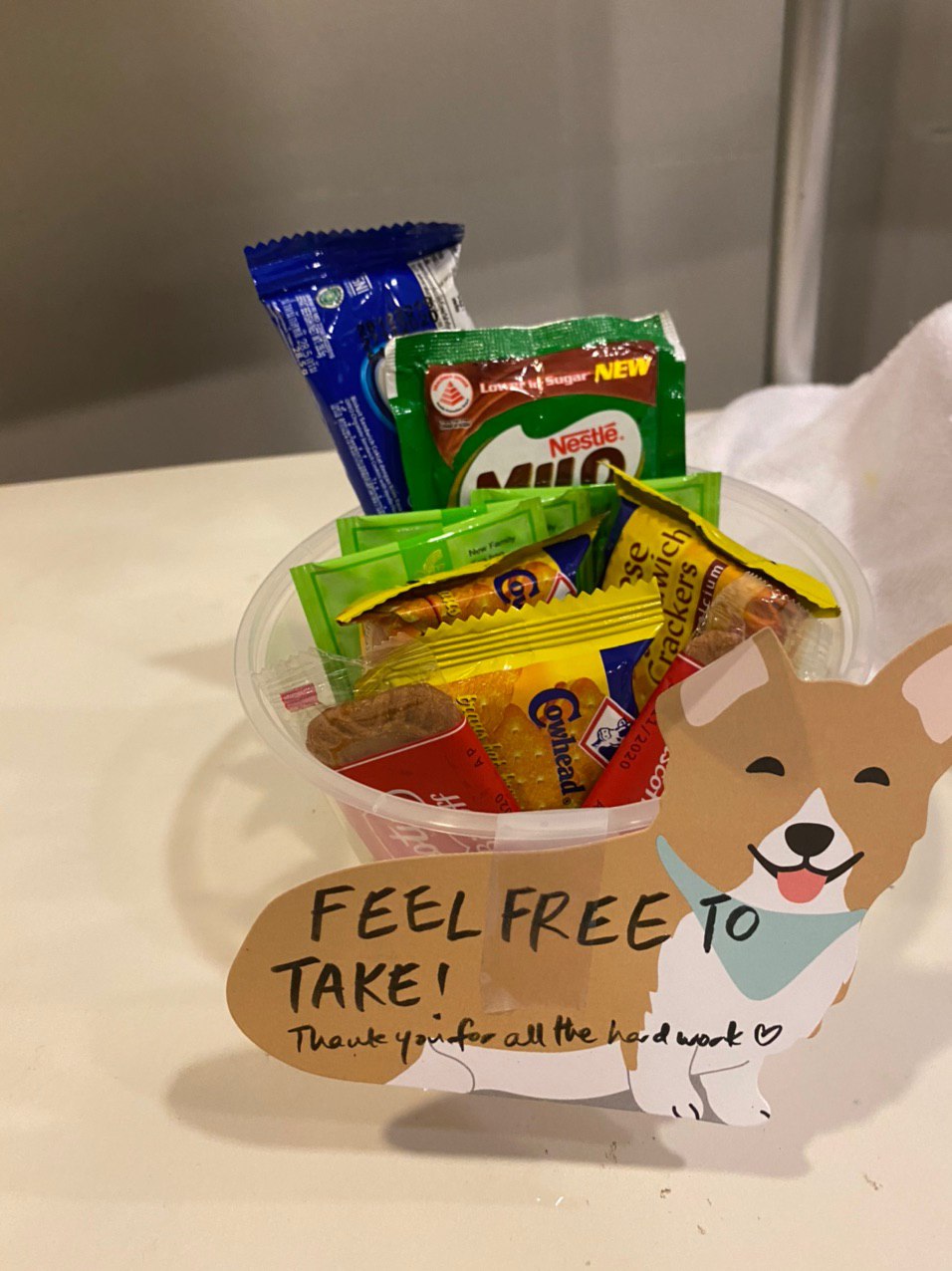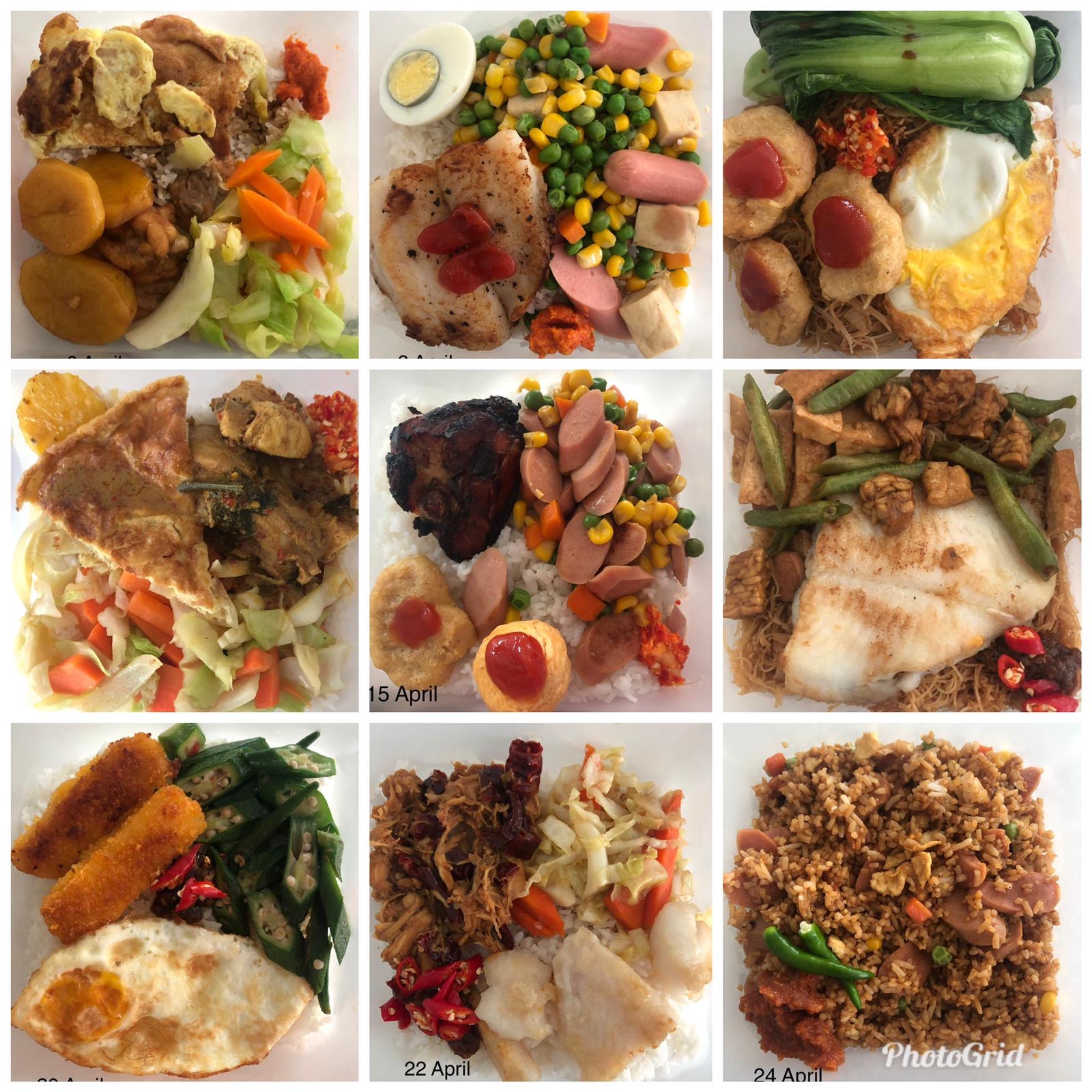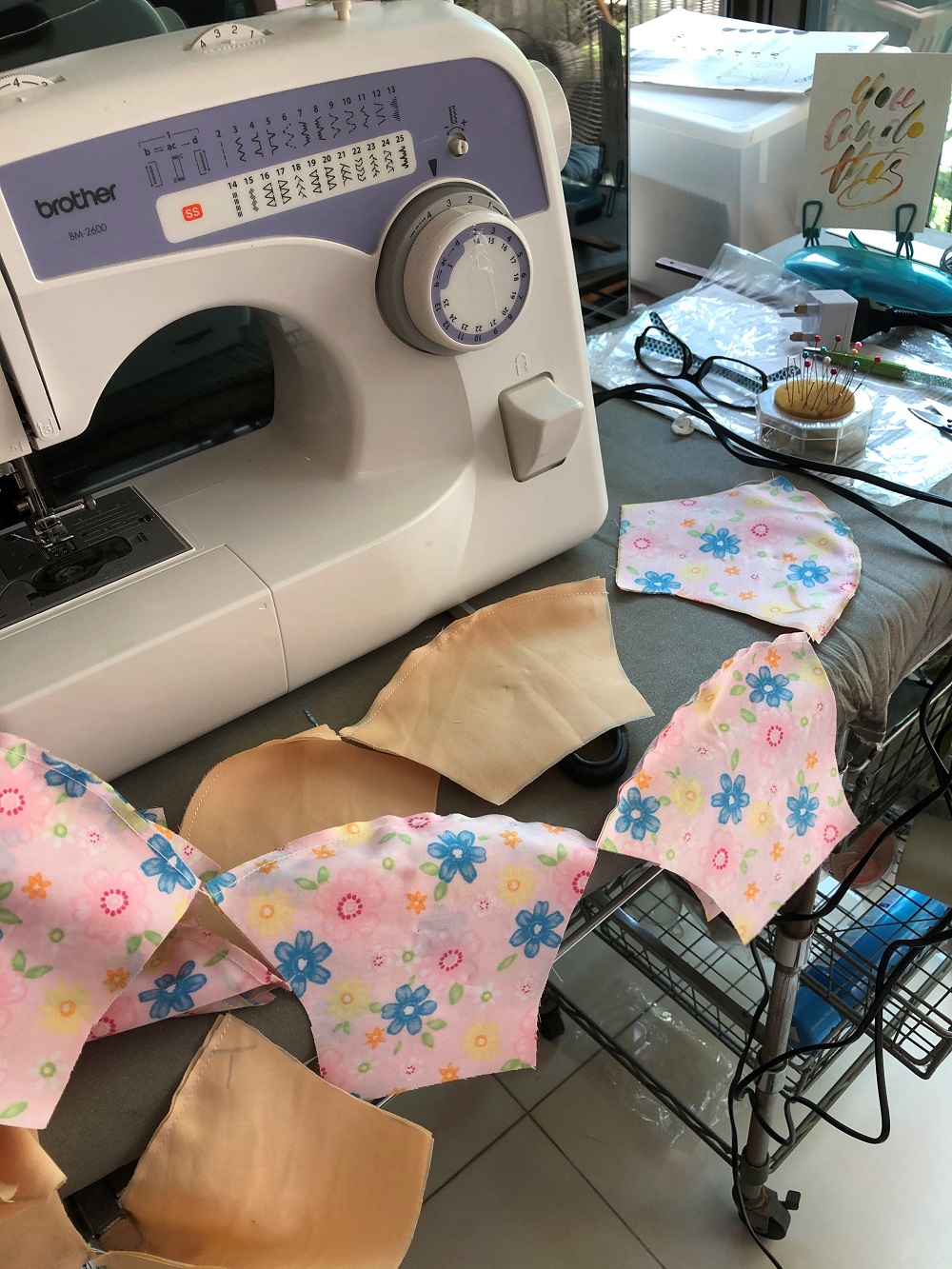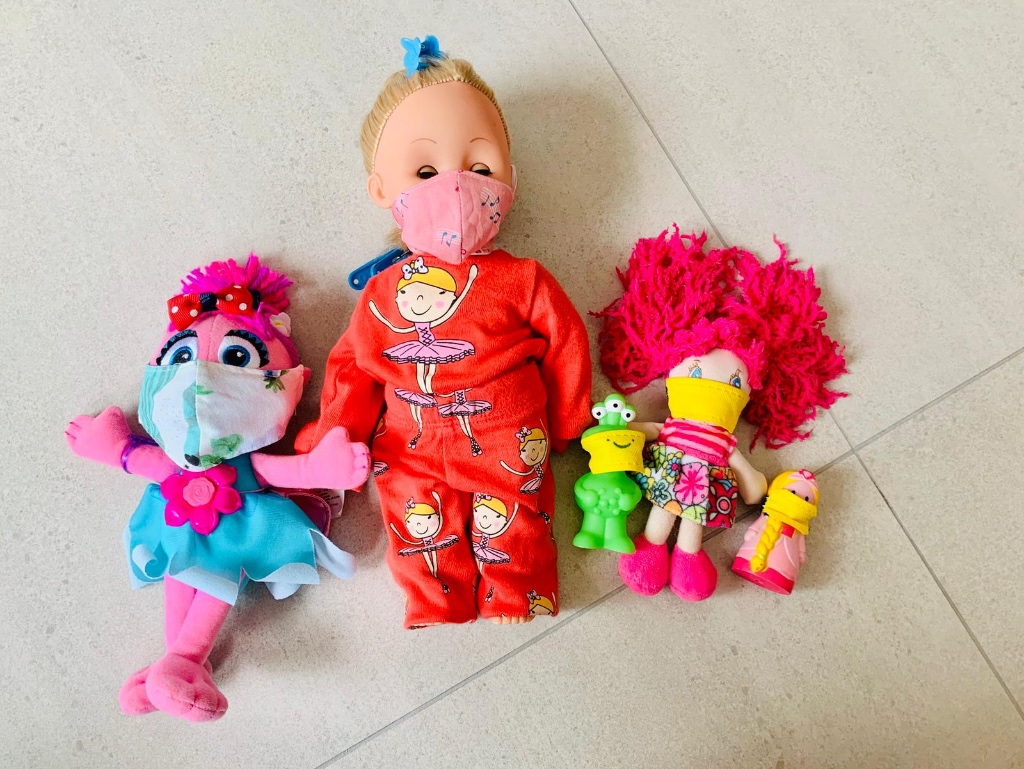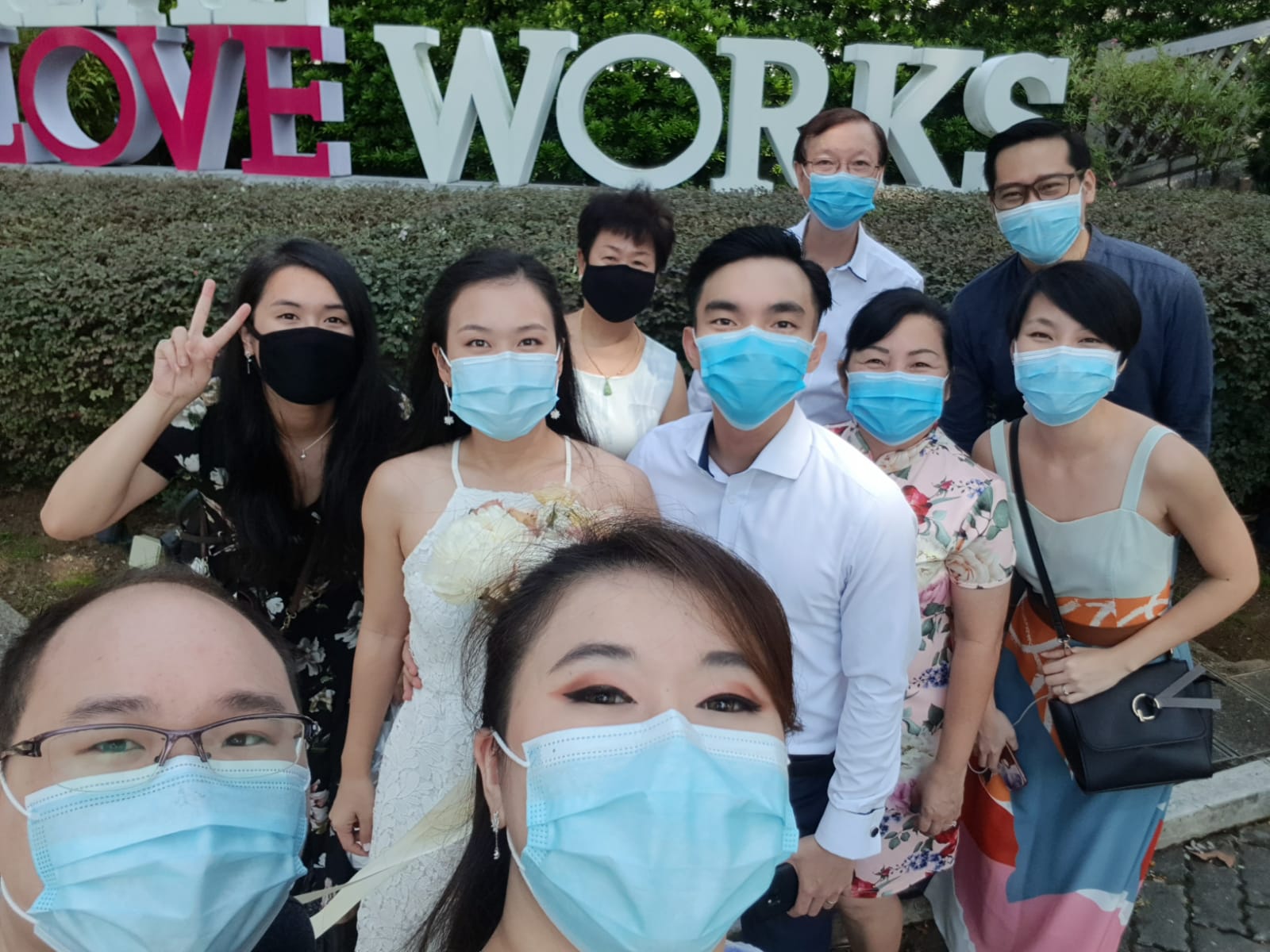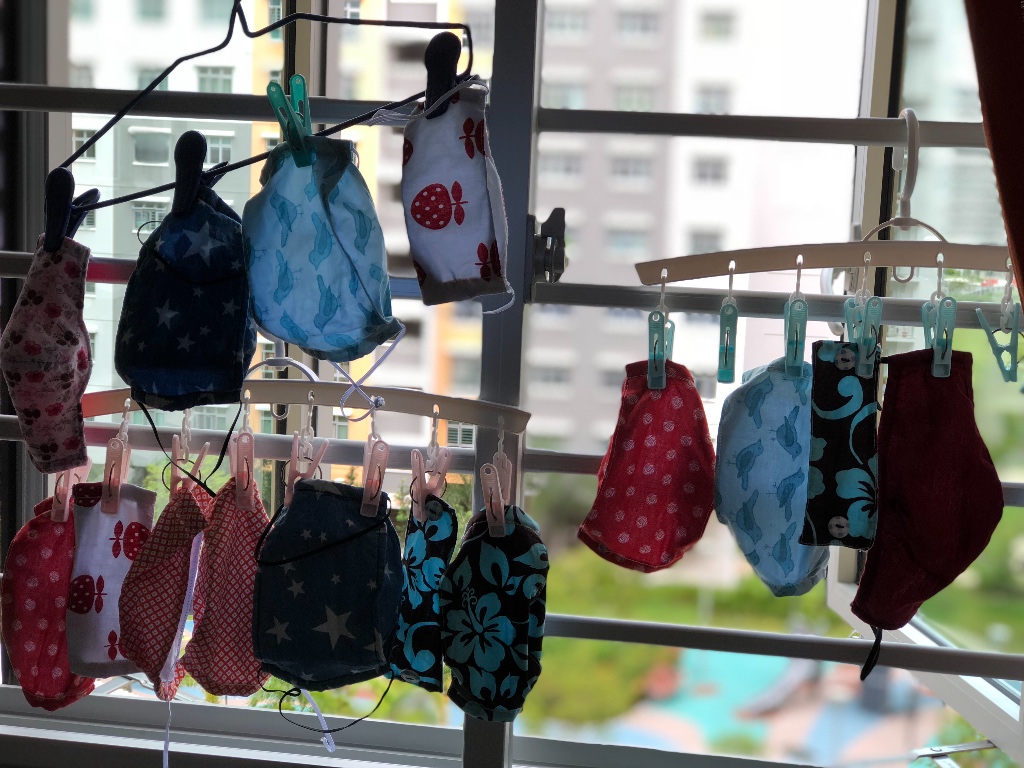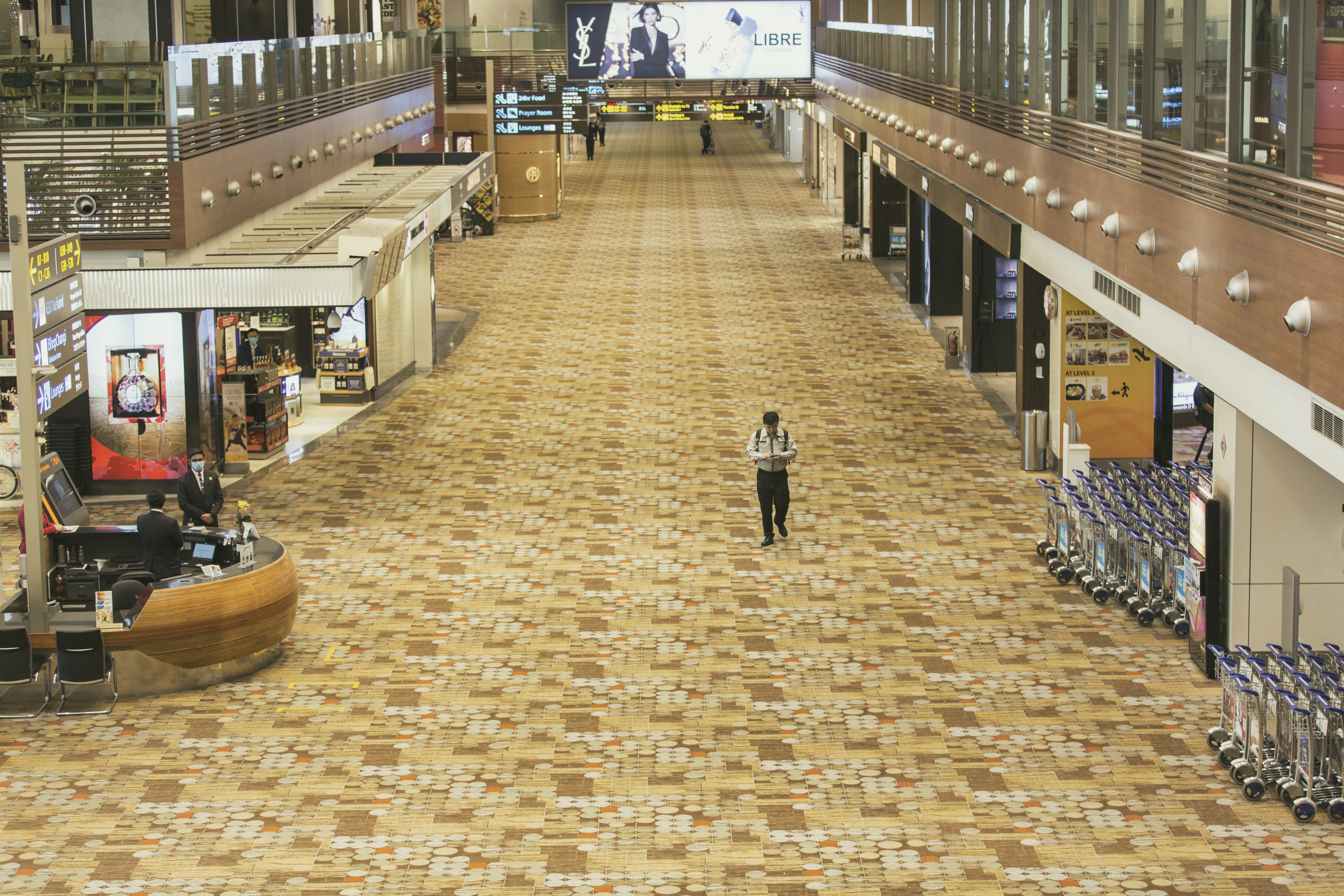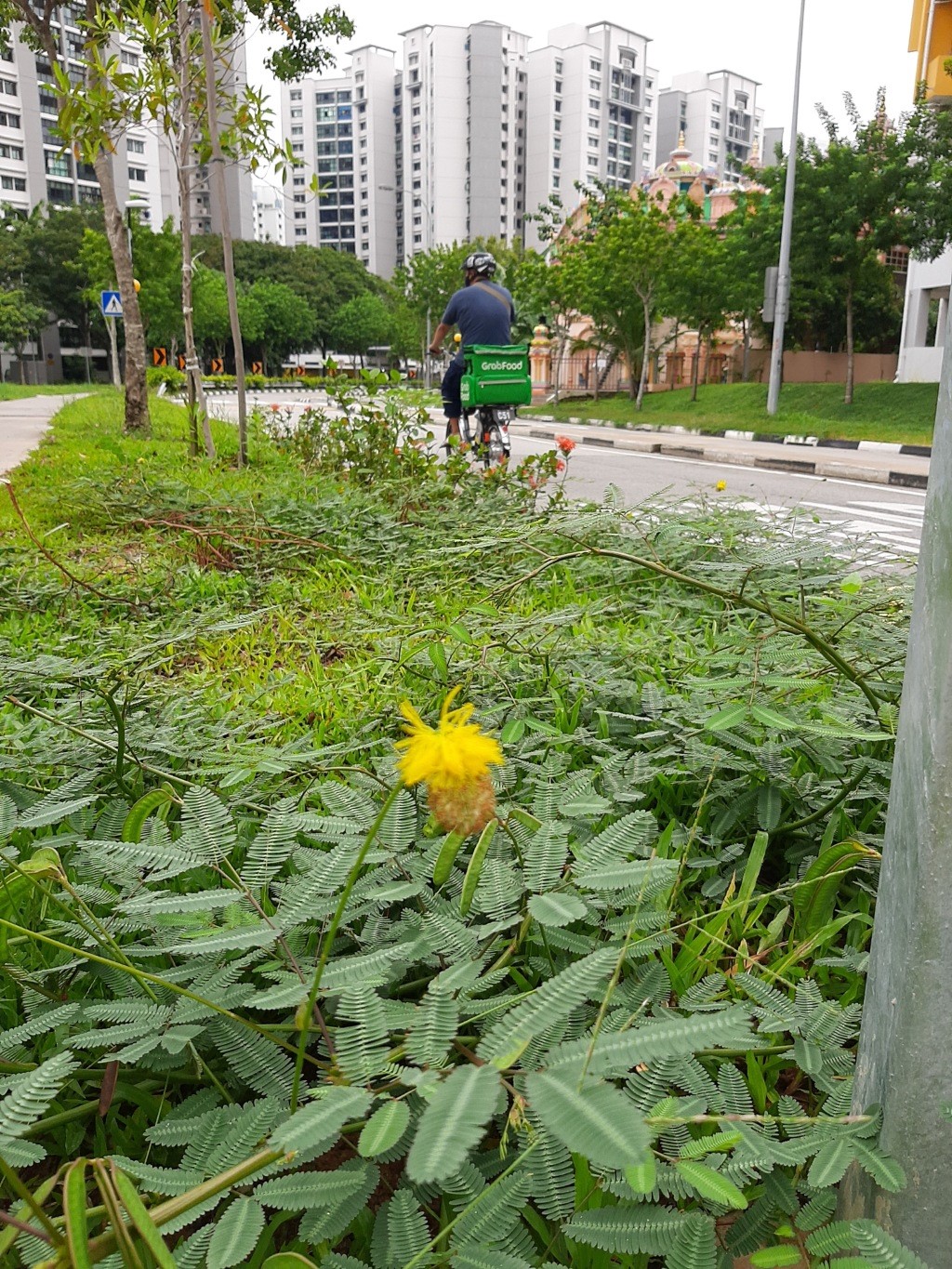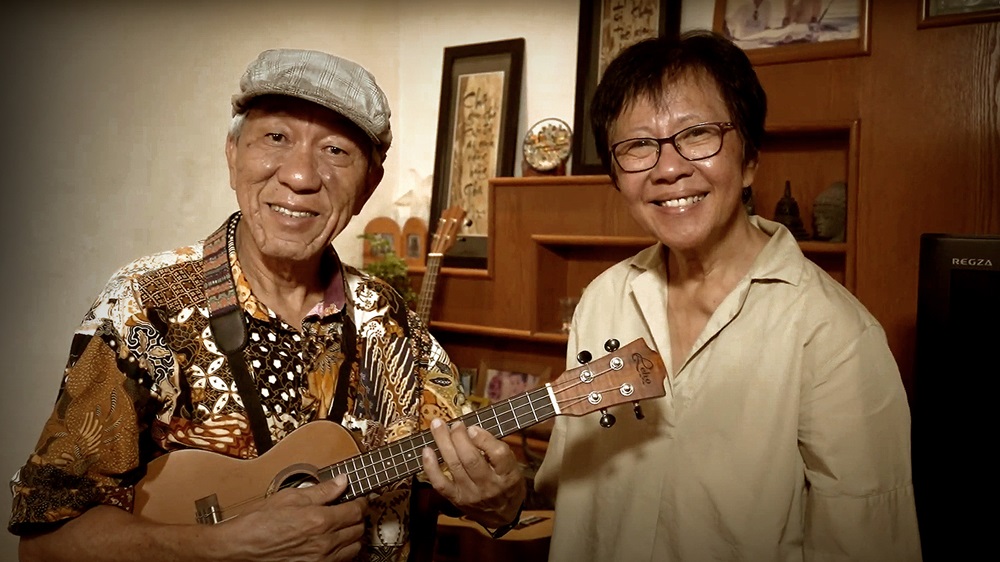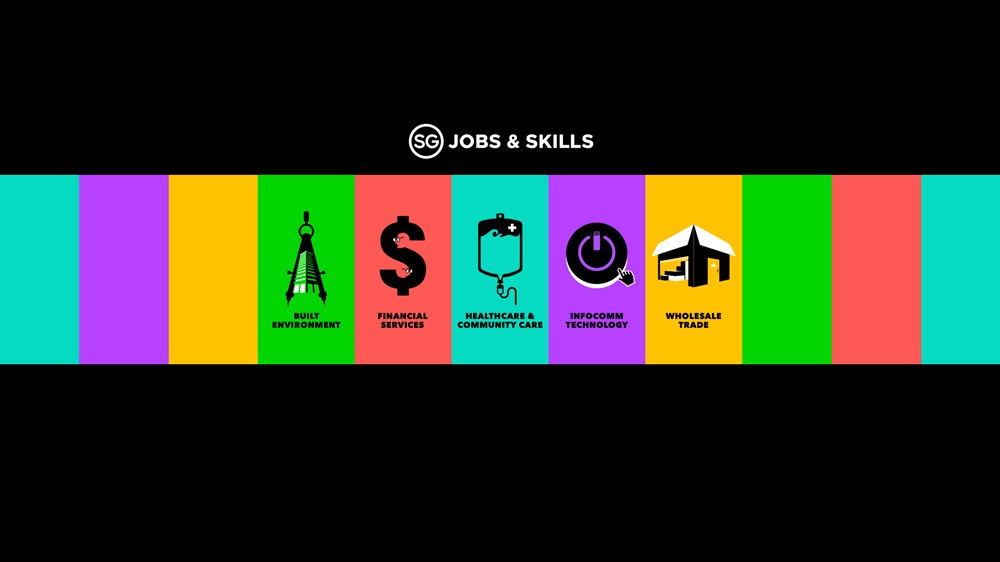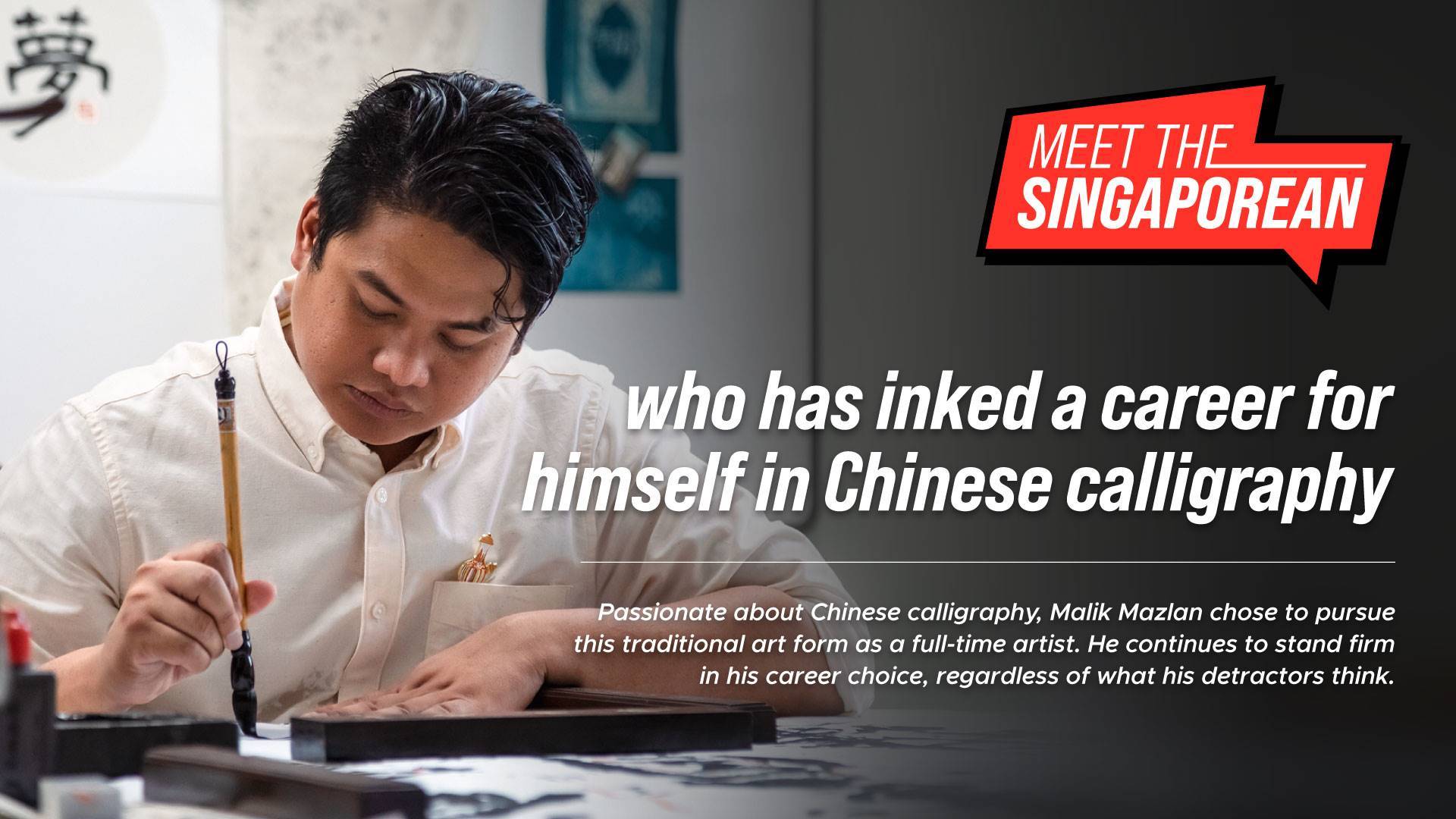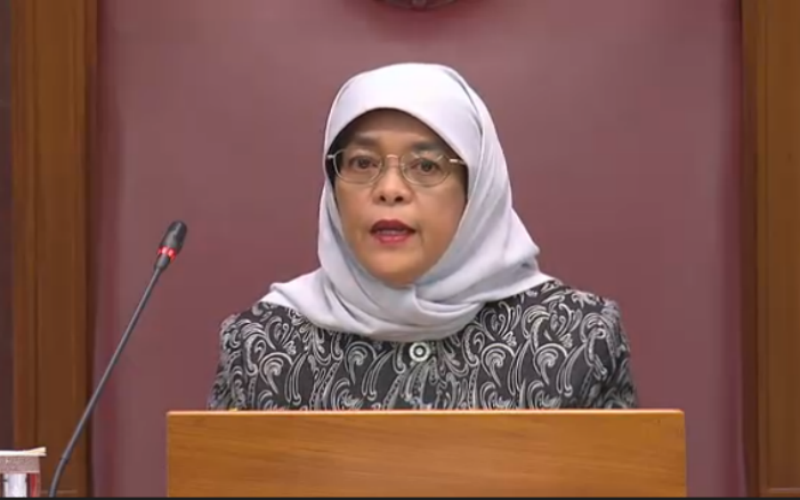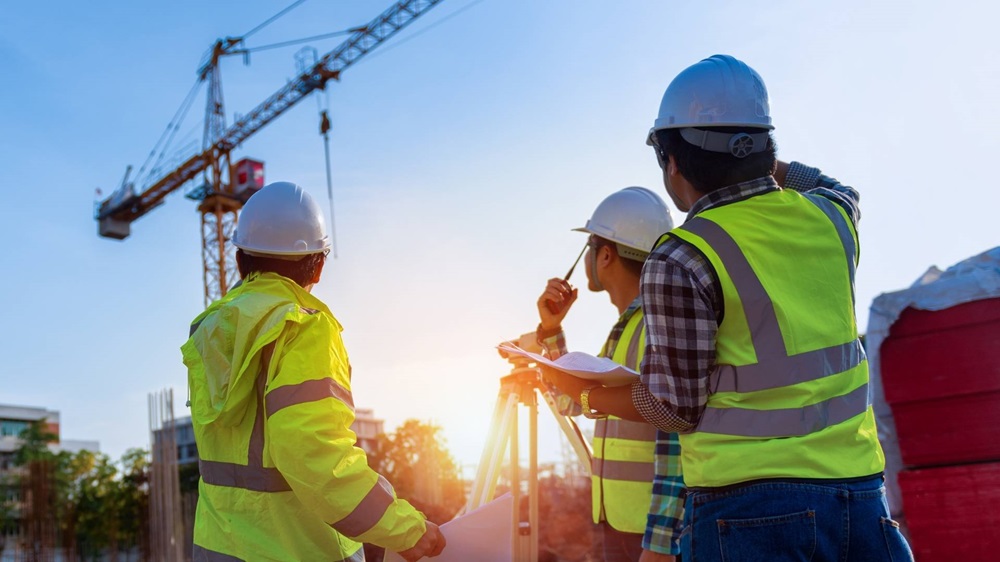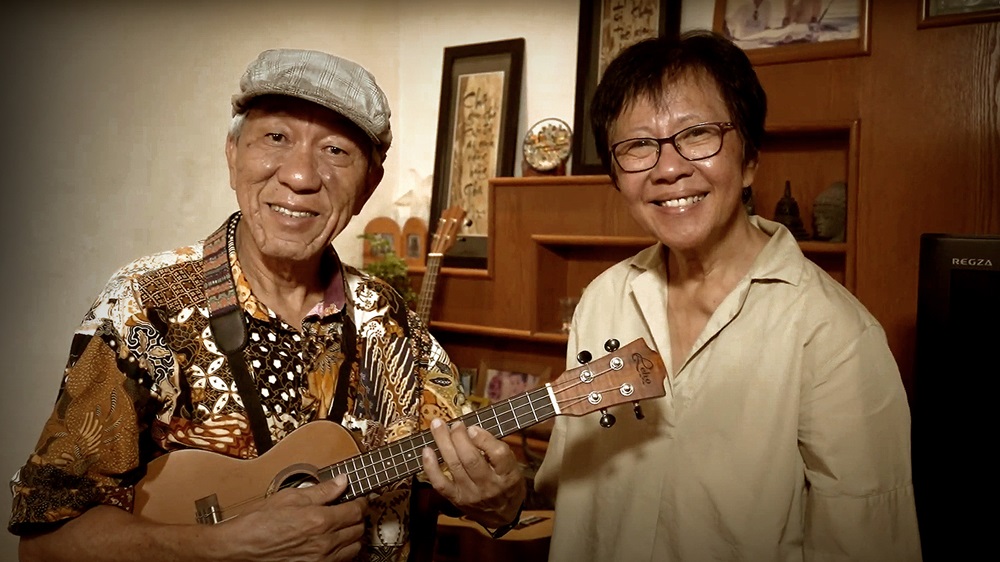
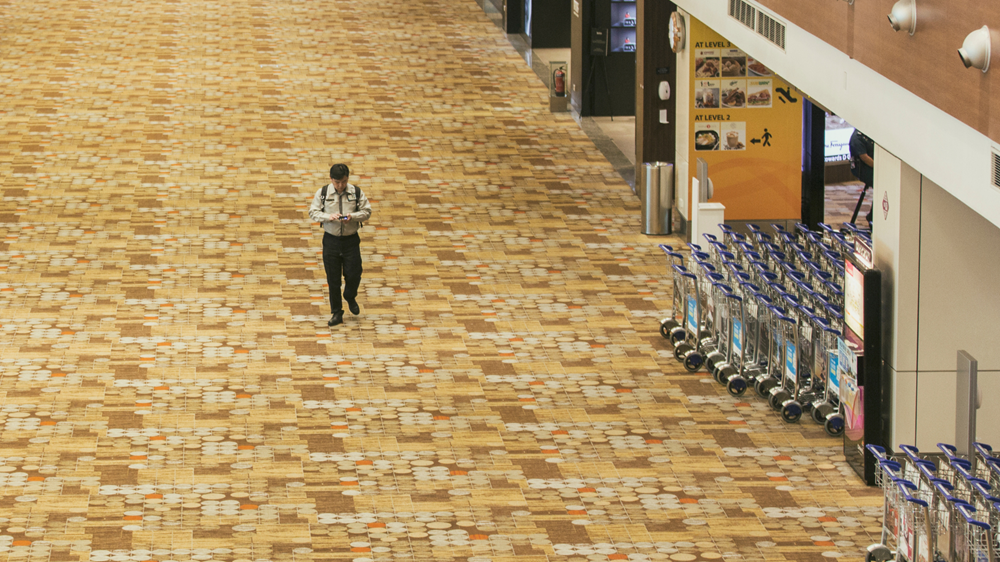
As we walk out the door, we put on a mask. Our masks have become like our shoes – we do not leave home without them.
TraceTogether is likely one of the most-used apps on our phones.
When meeting up with friends, we gather in groups of five or fewer.
Life has changed completely with COVID-19. As we adapt day by day, few among us notice the many changes. We just get used to them.
In 50 years, a child of the future may attend an exhibition dedicated to 2020, gaze upon photos of life in that year and exclaim, “Oh wow! You mean people had to do that?”
Librarians from the National Library Board (NLB) have been busy capturing the full picture of life today for the future after appealing to Singaporeans for contributions.
Preserving Today’s Memories for Tomorrow
What makes this NLB public call special is that people are asked to document and share their experiences in various mediums: writing, photos, videos and audio recordings.
As the custodian of documentaries and published heritage in Singapore, NLB has been collecting and preserving Singapore publications – including newspapers, magazines and books in print and digital formats – even before COVID-19.
The pandemic is a life-changing event and it is important to also collate the lived experiences of Singaporeans.
“The public call aims to collect the perspectives of people as they are living through this period for posterity – to collect what happens today for tomorrow,” said librarian Janice Loo, who added that NLB is conducting oral history interviews as well.
The collection includes blog posts and web articles from online media sites. NLB has already archived over 3,700 websites and web pages. Associate librarian Shereen Tay shared that NLB has been actively scanning and selecting websites with content on COVID-19 for archiving since the start of the pandemic in January 2020. This is supplemented by nominations from the public to further build the web archive collection (https://eresources.nlb.gov.sg/webarchives/special-collection/detail/10252).
The effort ties in with the global interest in “rapid response collecting”, where cultural institutions like libraries, archives and museums immediately collect items and first-hand accounts from breaking events.
In the case of COVID-19, these items could include government-issued face masks, safe-distancing posters and tape markers.
Members of the public have up till 31 December 2020 to submit their entries.
Of Masks, Signs and Vegetables
Since the start of the public call on 22 May, NLB has received more than 400 submissions with over 2,600 photographs, stories, videos and website or page nominations.
Most of these comprise photos which captured life in Singapore during the Circuit Breaker period – empty streets, the use of tapes as safe-distancing markers and how people spent time at home.
There are also pictures of people doing things like putting up signs to remind themselves to wear a mask before going out or growing vegetables at home. Others documented their home-based learning experience.
“As we go about our daily lives and get used to the changes brought by COVID-19, people may feel that the new normal is nothing special – but it is,” said Ms Loo.
Making Sense of Memories
Much of the librarians’ work lies in making sense of all these entries.
“It may seem easy to collect, but making the items searchable and accessible requires work. This includes how to transfer, store, organise and describe the many pieces of information submitted in different formats,” said Ms Loo.
For instance, coming up with the metadata and keywords, or a description and date taken of a digital photograph, is crucial. This is so that when someone keys in “panic-buying COVID-19”, all the relevant content would pop up, just like in a Google search.
Sometimes, the librarians have to go the extra mile by contacting the contributor for crucial details.
“For example, a photo of empty supermarket shelves would be all the more significant if we also knew that it was taken on the day that DORSCON Orange was announced, which sparked panic-buying in Singapore,” said Ms Loo. “This gives the photo context within the timeline of COVID-19 in Singapore.”
The “What If”
The librarians are motivated by the need for information in the future, or what Ms Loo calls the “what if”.
She said, “It may be easy to find photos and stories about COVID-19 for now, but what about 10, 20, even 50 years later? What if nobody had thought to archive them?”
Pointing out that much of what was on the Internet in the early 2000s might not be searchable today, she stated, “This ‘what if’ underpins what we do.”
Besides NLB, the national COVID-19 documentation effort is also driven by the National Museum of Singapore – which is collecting physical items like masks and PPE – and the National Archives of Singapore, which is collecting government records, oral history interviews, broadcast, and audiovisual recordings related to COVID-19.
Every Story is Meaningful. Click here to contribute!
Want to see what NLB has collected? Click here and here to have a look.
We use cookies to tailor your browsing experience. By continuing to use Gov.sg, you accept our use of cookies. To decline cookies at any time, you may adjust your browser settings. Find out more about your cookie preferences here .
